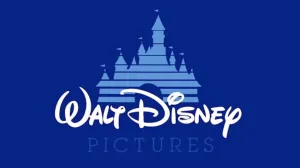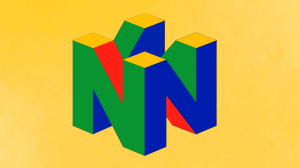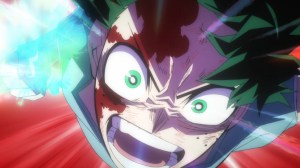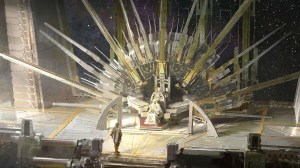
Immortal Hulk is a Marvel horror comic. There are two important elements in that description, Marvel and horror, as one does not function without the other in this issue. Throughout the history of the publisher, various horror series and characters have been introduced. Werewolf by Night and Dracula run through the streets of New York City, but neither achieves the same effect that made them popular in film and literature. They exist in a world filled with gods and super soldiers after all. It’s hard to be frightened of a werewolf when Thor can take Mjolnir to his skull. Immortal Hulk #1 understands this issue and addresses it with a terrifying tale designed for a world with superpowers and a specific moral calculus by rejecting the very notion that these things make us safe.
Videos by ComicBook.com
There are fundamentally excellent bones to this comic as a horror story though. Its pacing and manner of storytelling is always devoted to building suspense only to release it at a specific moment. Every panel that shows the Hulk diminishes his impact on the page and so he is rarely seen. Instead, Bennett and José only leave hints on the page: a growing hand, a National Enquirer cover, a flash of green. The monster is always present, but never seen. This applies to the action as well, in which readers are left with those who would be victimized by the Hulk. He bears more resemblance to Michael Myers than any Avenger as he comes ever closer, destroying everything in his path, and unstoppable when finally witnessed. The layout of pages build on this concept as well, with each final panel pushing for a page turn, showing just enough to remind readers there is a ticking bomb buried in this story, until it is revealed.

The morality of superhero comics remain though. There are assumptions built into this comic, even about anti-heroes. They only hurt villains. They protect the innocent. They are sympathetic. Ewing and his collaborators reject each of these premises throughout the course of Immortal Hulk #1. The opening sequence makes this clear. It is a series of panels revealing a gas station robbery gone wrong that slows to a crawl in its climactic moments. There is nothing clever or exciting about what occurs on the page. It is dumb and ugly. People die for the worst possible reasons and nothing can make it right. The first half of the comic reads more like a depressing news article buried on page five than anything you’d expect to find in a Marvel comic book. Children die at the hands of men who are also victims, and there is no superhero to save them, just another monster.
Still, the most significant change comes in the character of Hulk himself. The gentle giant or misunderstood brute is no more. This version of Hulk has much more in common with Hyde of League of Extraordinary Gentlemen than any other recent incarnation of the character. He enjoys violence and holds humanity in contempt. As readers watch, police and journalists begin to trace a trail to the jade giant; there is an earned fear for these new characters. They are truly on the path of a monster, one who might enact justice only through coincidence.

Yes, Immortal Hulk #1 is a bleak comic. It’s also an incredibly exciting one upon reflection. Tracing the story of the Hulk back to its roots, only the earliest issues created by Kirby and Lee resemble this monstrosity. He is not even the same character who could be wrangled into The Avengers for several issues. As a thesis statement for the series to come, it rejects the standard model and promises something much stranger. Hulk is a being of rage, and there is nothing righteous about his motives or methods. He is the ugly side of humanity, and Immortal Hulk #1 establishes how that can actually be made to work in the superhero genre. The result is a feeling of excitement, but one tinged with terror.
Published by Marvel Comics
On June 6, 2018
Written by Al Ewing
Art by Joe Bennett and Ruy José
Colors by Paul Mounts
Lettering by Cory Petit
Cover by Alex Ross








